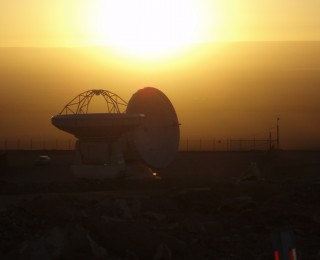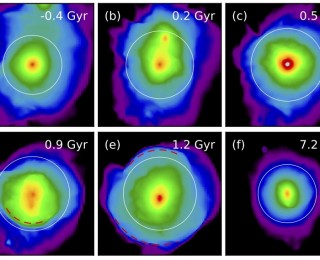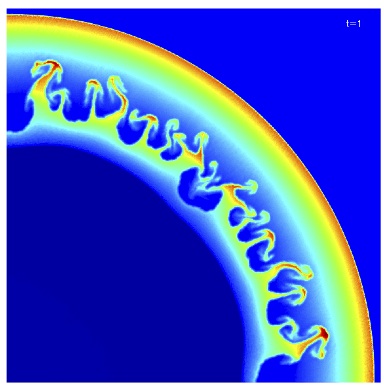


Careers 101 Workshop
The Monday morning workshop “Careers 101” at the AAS Austin meeting provided a room full of graduate students with several important aspects to ponder when considering our potential career paths, as well as some action advice to follow to develop our careers in the direction that we choose. I blogged a summary of the workshop here, and promised to follow up with some more specific details. I invite comments on this post, if you have any suggestions or advice you would like to contribute related to astronomy career paths.The workshop was organized around a panel, introduced and moderated by Alaina Levine (founder of Quantum Success Solutions).Panelists: Dawn Gelino (NASA Exoplanet Science Institute) Adam Kraus (Hubble Postdoctoral Fellow) Edward Ajhar (NSF Program Officer) Anita Cochran (Assistant Director of McDonald Observatory) Joe Bernstein (Argonne National Lab)Advice (in no particular order): 1. Network. Establish your brand, realizing that at every stage of your career you can be the world’s expert on a niche subject at some level. Find confidence in this.2. Make yourself stand out. If you are in a collaboration (especially if it is a large collaboration), take ownership of some aspect of the science.3. Prove yourself by earning your own grants and fellowships. Writing proposals is good experience, even as a grad student or postdoc.4. Think about what will make you happy. Is an R1 research career, tenure track, what you would enjoy doing? Ask others, do some soul searching. Keep in mind that only 1 in 4 of us will get a tenure track position. Whatever you decide, you CAN change your mind later, but you should start on...
A novel approach for weighing galaxy clusters
Galaxy clusters trace the matter density of the universe, and by counting clusters as a function of mass and redshift, cosmologists can learn about the expansion rate of the Universe
Black holes and “no-hair”?
Paper title: Verifying the no-hair property of massive compact objects with intermediate-mass-ratio inspirals in advanced gravitational-wave detectors Authors: Carl L. Rodriguez, Ilya Mandel, Jonathan R. Gair First Author’s Affiliation: Center for Interdisciplinary Exploration and Research in Astrophysics (CIERA) & Dept. of Physics and Astronomy, Northwestern UniversityThese authors propose that advanced gravitational wave detectors will be able to directly detect the coalescence of compact objects, such as neutron stars (NS) and black holes (BH). The gravitational waves resulting when a neutron star or stellar-mass black hole inspirals into an intermediate-mass black hole give interesting information about gravitational physics (go here to watch cool videos of BHs colliding). The goal is to directly test general relativity (a review paper is found here).A significant advance in this field comes from the next generation of detectors and experiments. Two such observatories are Advanced LIGO (Laser Interferometer Gravitational-wave Observatory, a project with two interferometers in Washington and one in Louisiana) and Virgo (near Pisa, Italy). Advanced LIGO should achieve sufficient sensitivity by 2015 to detect compact binaries as they interact and coalesce. This paper specifically develops the technique to detect high-mass systems with a total mass in the range of 25 to 100 solar masses, where one component is greater than one solar mass and the other less than 99 solar masses. The systems in this study are called Intermediate-mass-ratio inspirals (IMRIs) because the mass ratios between the two objects (the more massive object at the center and the object spiraling inward) are between 10:1 and 100:1.Do objects like this really exist? Observational and theoretical models suggest the presence of intermediate-mass black holes (IMBHs)...
